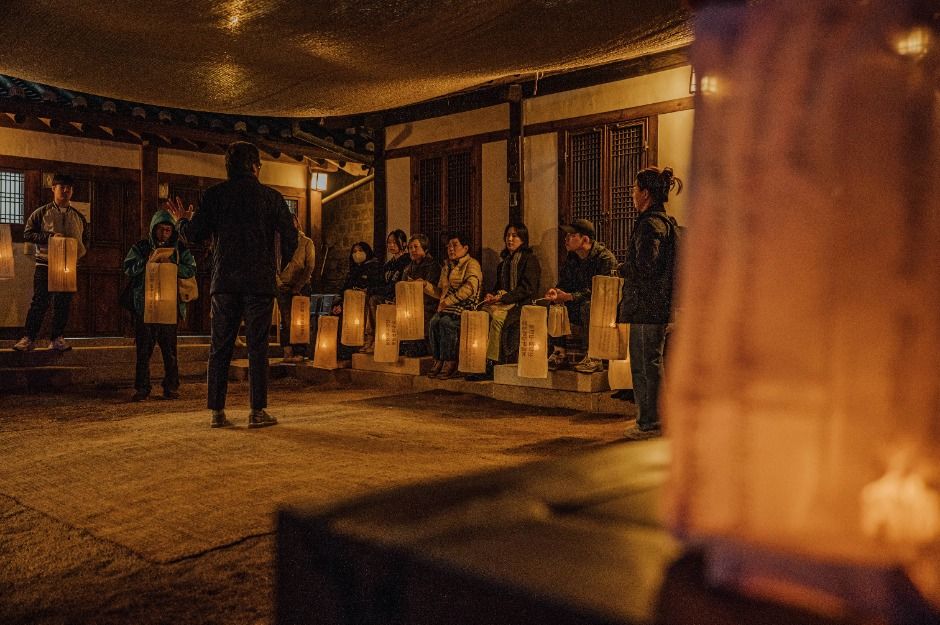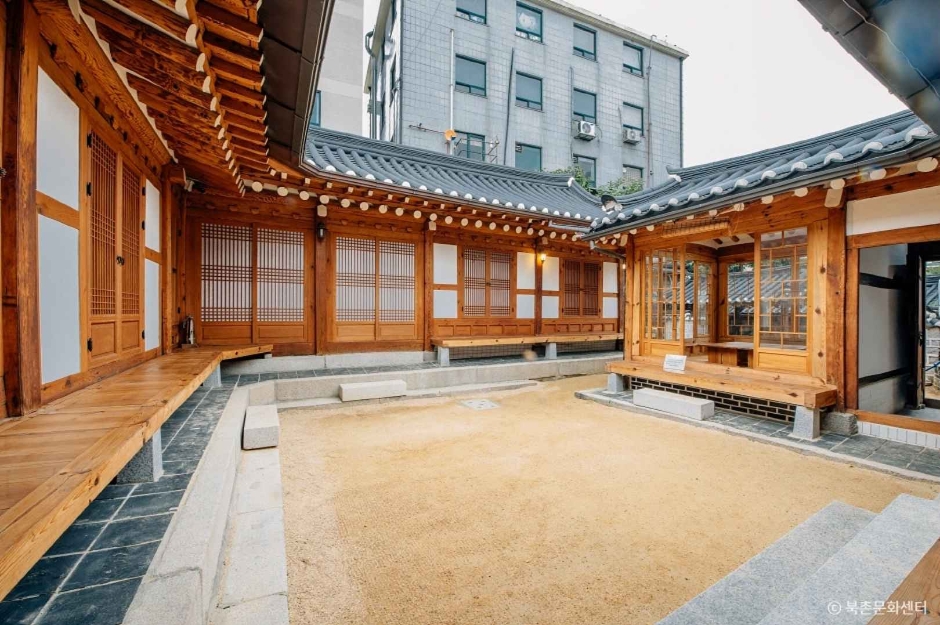Sleep & Sleep [Tax Refund Shop] (슬립앤슬립)
1.9Km 2024-06-27
2F, 20, Jangchungdan-ro 13-gil, Jung-gu, Seoul
-
Lloyd - Hyundai City Outlets Dongdaemun Branch [Tax Refund Shop] (로이드현대시티아울렛동대문점)
1.9Km 2024-06-27
20, Jangchungdan-ro 13-gil, Jung-gu, Seoul
-
Funicut [Tax Refund Shop] (퍼니컷)
1.9Km 2024-06-28
B1, Hyundai City Outlet Dongdaemun Branch, 20, Jangchungdan-ro 13-gil, Jung-gu, Seoul
-
ABC-Mart [Tax Refund Shop] (ABC마트)
1.9Km 2024-06-26
B1, Hyundai City Outlet Dongdaemun Branch, 20, Jangchungdan-ro 13-gil, Jung-gu, Seoul
-
Zara - Lotte Seoul Station Branch [Tax Refund Shop] (자라 롯데 서울역점)
1.9Km 2024-04-22
378, Cheongpa-ro, Yongsan-gu, Seoul
-
Public Hanok Night Out (공공한옥 밤마실)
1.9Km 2025-06-10
37 Gyedong-gil, Jongno-gu, Seoul
+82-2-741-1033
Public Hanok Night Out is a special evening event that allows limited access to the nine public hanok buildings, including the Bukchon Culture Center, after sundown. The event is carefully prepared to make the hanok buildings accessible as much as possible. In addition, the event also offers a variety of programs to entertain the visitors. The event aims to raise awareness about embracing differences and diverse values during this time of ever-changing global society, as well as expand the the cultural values of hanok as something more unique.
Bukchon Cultural Center (북촌문화센터)
1.9Km 2025-06-19
37 Gyedong-gil, Jongno-gu, Seoul
Bukchon Cultural Center, located in a hanok, was established to offer traditional cultural experience opportunities for visitors to the area. The programs include tea ceremony, handicraft, and gugak as well as a Public Relations Exhibition Hall introducing Bukchon culture and hanok. Also, the center houses a space and a pavilion for visitors to relax while traveling.
![Marui Home [Tax Refund Shop] (마루이홈)](http://tong.visitkorea.or.kr/cms/resource/51/3314651_image2_1.jpg)
![Corelle [Tax Refund Shop] (코렐)](http://tong.visitkorea.or.kr/cms/resource/40/3313240_image2_1.jpg)
![Silit [Tax Refund Shop] (실리트)](http://tong.visitkorea.or.kr/cms/resource/54/3313354_image2_1.jpg)
![Sleep & Sleep [Tax Refund Shop] (슬립앤슬립)](http://tong.visitkorea.or.kr/cms/resource/13/3314713_image2_1.jpg)
![Lloyd - Hyundai City Outlets Dongdaemun Branch [Tax Refund Shop] (로이드현대시티아울렛동대문점)](http://tong.visitkorea.or.kr/cms/resource/20/2888920_image2_1.jpg)
![Funicut [Tax Refund Shop] (퍼니컷)](http://tong.visitkorea.or.kr/cms/resource/35/3312835_image2_1.jpg)
![ABC-Mart [Tax Refund Shop] (ABC마트)](http://tong.visitkorea.or.kr/cms/resource/67/3313367_image2_1.jpg)
![Zara - Lotte Seoul Station Branch [Tax Refund Shop] (자라 롯데 서울역점)](http://tong.visitkorea.or.kr/cms/resource/25/2878425_image2_1.jpg)


 English
English
 한국어
한국어 日本語
日本語 中文(简体)
中文(简体) Deutsch
Deutsch Français
Français Español
Español Русский
Русский